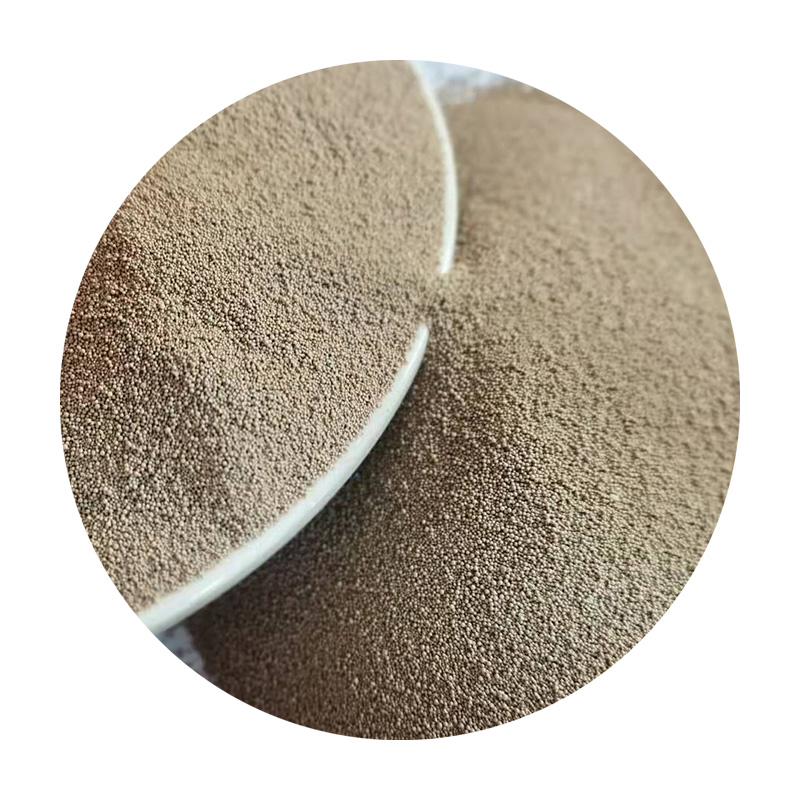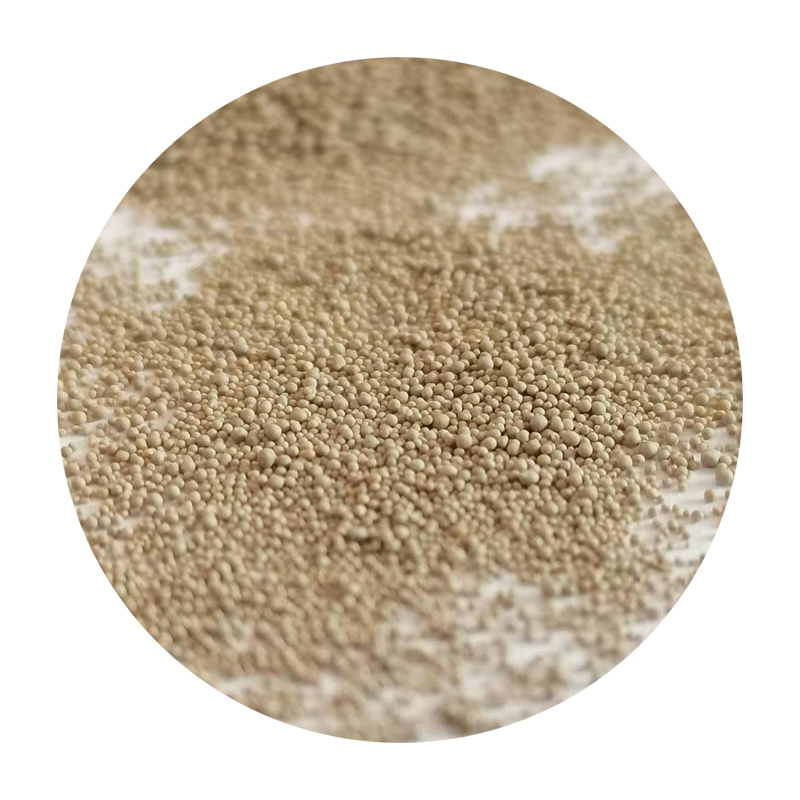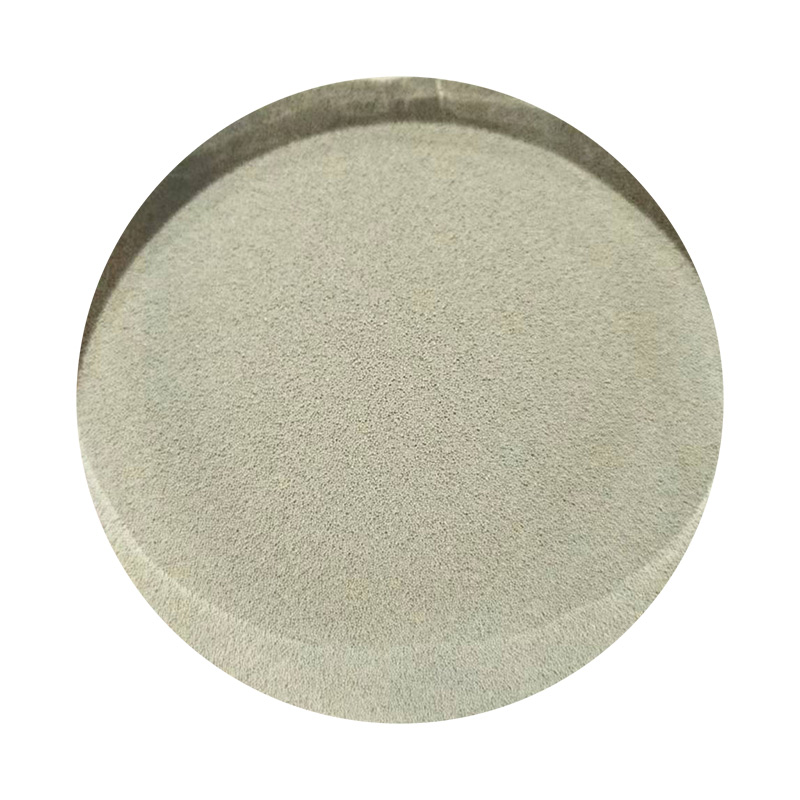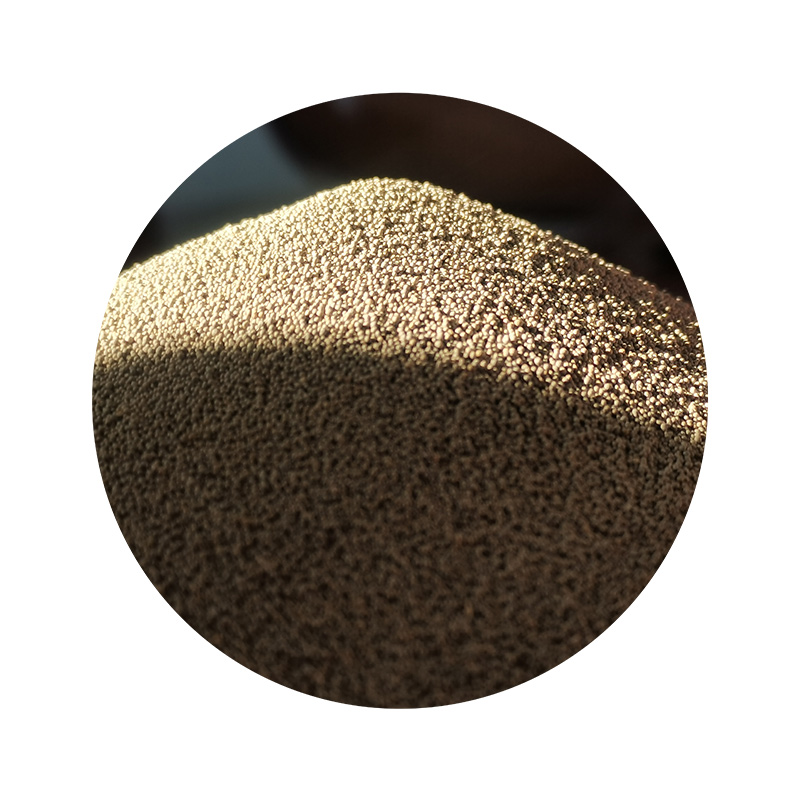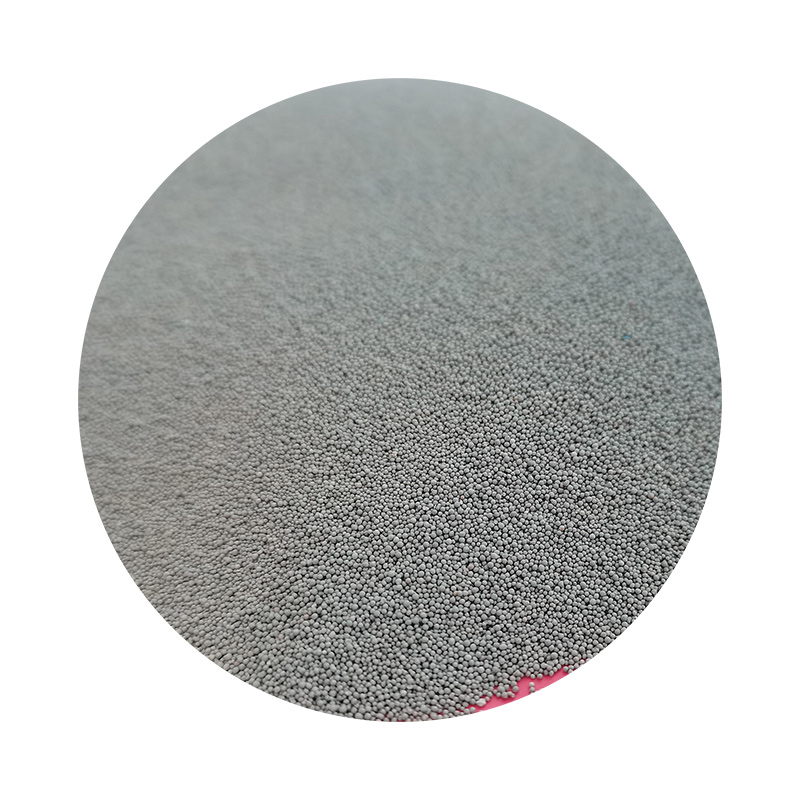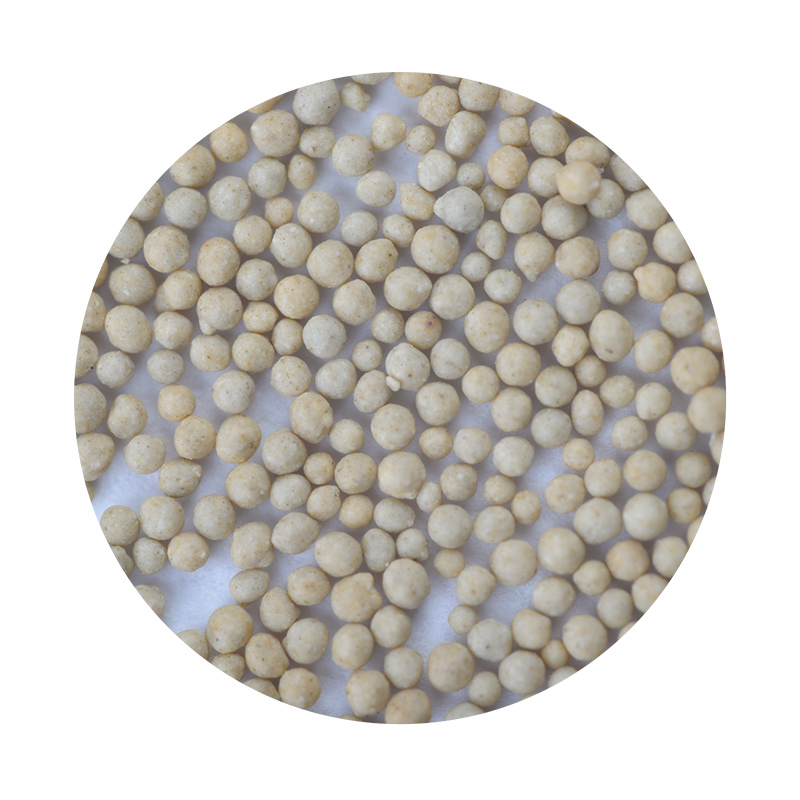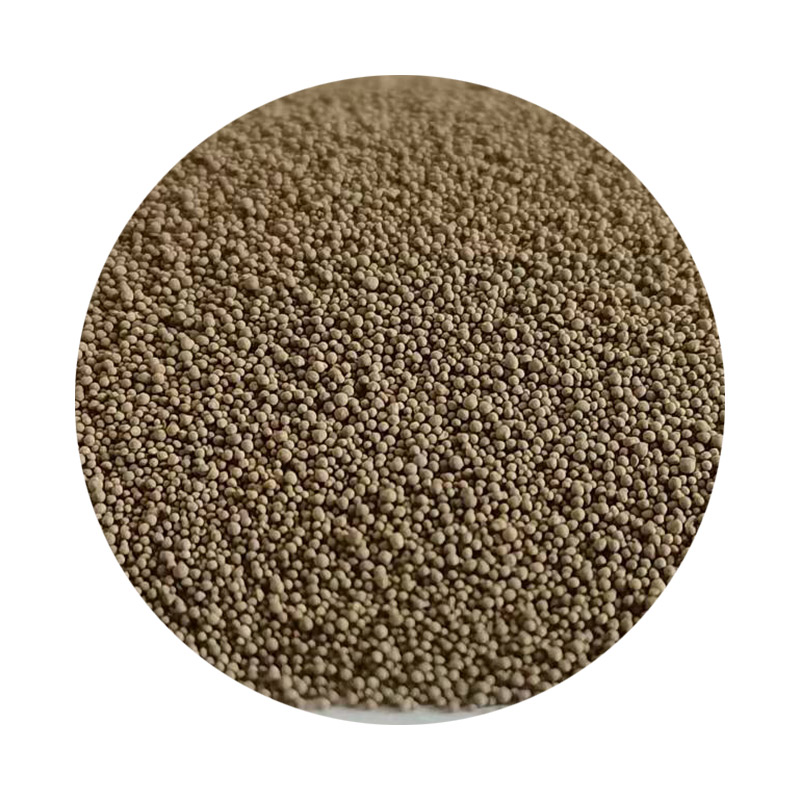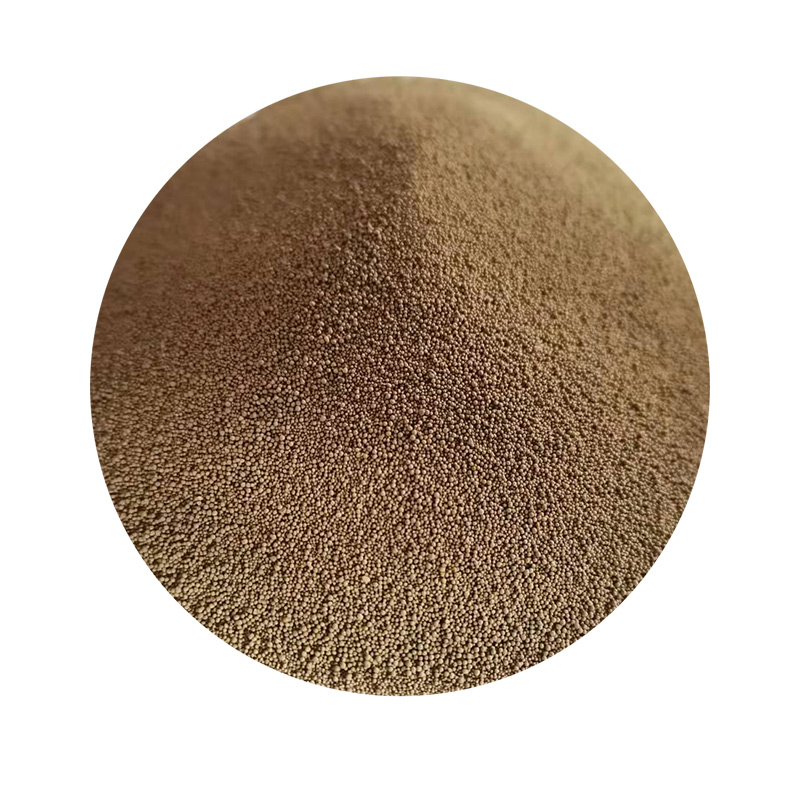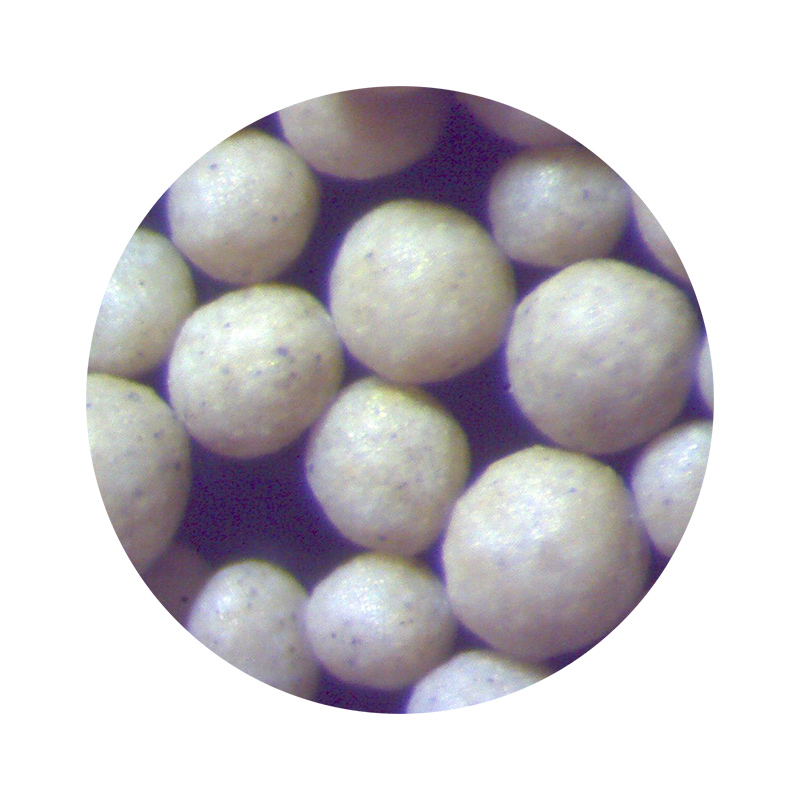
- africano
- albanés
- amárico
- Arábica
- armenio
- azerbaiyano
- vasco
- bielorruso
- bengalí
- bosnio
- búlgaro
- catalán
- cebuano
- Porcelana
- China (Taiwán)
- corso
- croata
- checo
- danés
- Holandés
- Inglés
- esperanto
- estonio
- finlandés
- Francés
- frisio
- gallego
- georgiano
- Alemán
- Griego
- gujarati
- criollo haitiano
- hausa
- hawaiano
- hebreo
- No
- Miao
- húngaro
- islandés
- igbo
- indonesio
- irlandesa
- italiano
- japonés
- javanés
- canarés
- kazajo
- jemer
- ruandés
- coreano
- kurdo
- Kirguistán
- tuberculosis
- latín
- letón
- lituano
- luxemburgués
- macedónio
- Malgashi
- malayo
- malayalam
- maltés
- maorí
- marathi
- mongol
- Birmania
- nepalí
- noruego
- noruego
- occitano
- pastún
- persa
- Polaco
- portugués
- punjabi
- rumano
- ruso
- samoano
- gaélico escocés
- serbio
- Inglés
- Shona
- Sindhi
- cingalés
- eslovaco
- esloveno
- somalí
- Español
- sundanés
- swahili
- sueco
- tagalo
- tayiko
- Tamil
- tártaro
- telugu
- tailandés
- turco
- turcomano
- ucranio
- urdu
- uigur
- uzbeko
- vietnamita
- galés
- Ayuda
- yídish
- Yoruba
- zulú
Arena dorada para piezas fundidas en arena.
Foundry Ceramic Sand, technically named as “Sintered Ceramic Sand for Foundry”, also named as ceramsite, cerabeads, ceramcast, some countries is also named Golden Sand, is good artificial spherical grain shape which is made from calcined bauxite . Its main content is aluminum oxide and Silicon oxide. Ceramic sand, has much better properties than that of silica sand to gain a better performance in foundry. It has high refractoriness, little thermal expansion, good angular coefficient, excellent flowability, High resistance to wear, crush and thermal shock, high reclamation rate.
Propiedad de arena cerámica
| Componente químico principal | Al₂O₃≥53%, Fe₂O₃<4%, TiO₂<3%, SiO₂≤37% |
| Forma del grano | Esférico |
| Coeficiente angular | ≤1.1 |
| Tamaño parcial | 45μm -2000μm |
| Obstinación | ≥1800℃ |
| Densidad a Granel | 1,5-1,6 g/cm3 |
| Expansión térmica (RT-1200 ℃) | 4,5-6,5x10-6/k |
| Color | Arena |
| PH | 6.6-7.3 |
| Composición mineralógica | Suave + Corindón |
| Costo ácido | <1 ml/50g |
| carta de intención | <0,1% |
Ventaja
Kaist ceramic foundry sand is about half as light as zircon and chromite, is about third as light as fused ceramic sand. Compared to these natural sand and other foundry media (the material is able to turn out about twice the number of molds per unit weight). Kaist ceramic foundry sand can deliver mold and core packages with a range of benefits that include higher-strength sand casting packages, with high heat resistance, low thermal expansion, improved final part resolution and a smoother surface finish. It can also be handled very easily, saving labor and transfer power costs. However, the manufacturer recommends paying attention to the amount of binder addition.
Solicitud
Como material neutro, la arena cerámica KAIST es aplicable a resinas ácidas y alcalinas.
Puede ser ampliamente utilizado para fundición de hierro fundido, acero fundido y metales no ferrosos, como fundición de espuma perdida, arena recubierta, arena de resina, caja de núcleo frío, fundición de precisión e impresión 3D.

Solicitud
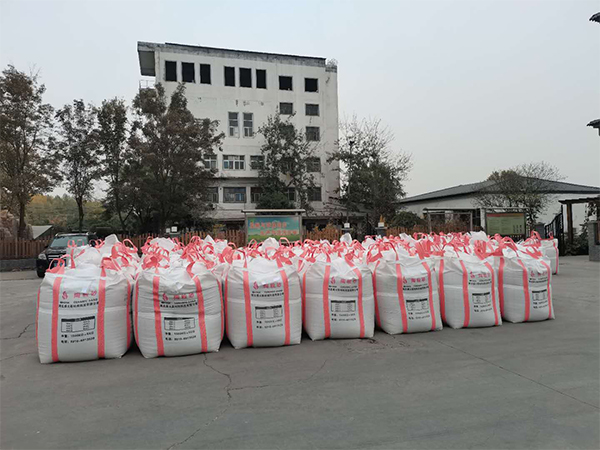
Embalaje y entrega
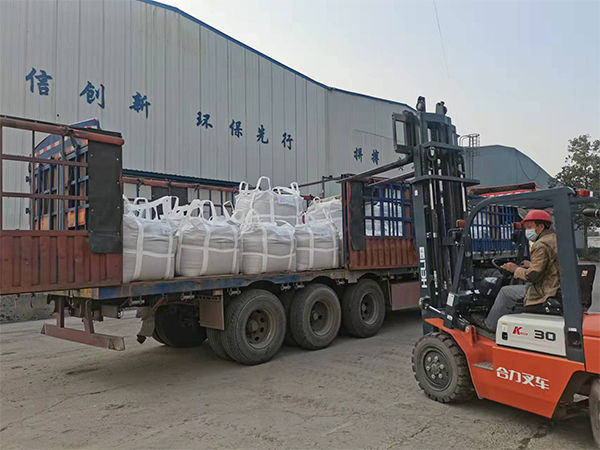
Embalaje y entrega
Partes de la distribución del tamaño de partículas
La distribución del tamaño de partículas se puede personalizar según sus requisitos..
|
Malla |
20 | 30 | 40 | 50 | 70 | 100 | 140 | 200 | 270 | Cacerola | AFS | |
|
μm |
850 | 600 | 425 | 300 | 212 | 150 | 106 | 75 | 53 | Cacerola | ||
| Código | 20/40 | 15-40 | 30-55 | 15-35 | ≤5 | 20±5 | ||||||
| 30/50 | ≤1 | 25-35 | 35-50 | 15-25 | ≤10 | ≤1 | 30±5 | |||||
| 40/70 | ≤5 | 20-30 | 40-50 | 15-25 | ≤8 | ≤1 | 43±3 | |||||
| 70/40 | ≤5 | 15-25 | 40-50 | 20-30 | ≤10 | ≤2 | 46±3 | |||||
| 50/100 | ≤5 | 25-35 | 35-50 | 15-25 | ≤6 | ≤1 | 50±3 | |||||
| 100/50 | ≤5 | 15-25 | 35-50 | 25-35 | ≤10 | ≤1 | 55±3 | |||||
| 70/140 | ≤5 | 25-35 | 35-50 | 8-15 | ≤5 | ≤1 | 65±4 | |||||
| 140/70 | ≤5 | 15-35 | 35-50 | 20-25 | ≤8 | ≤2 | 70±5 | |||||
| 100/200 | ≤10 | 20-35 | 35-50 | 15-20 | ≤10 | ≤2 | 110±5 | |||||
Categorías de productos
